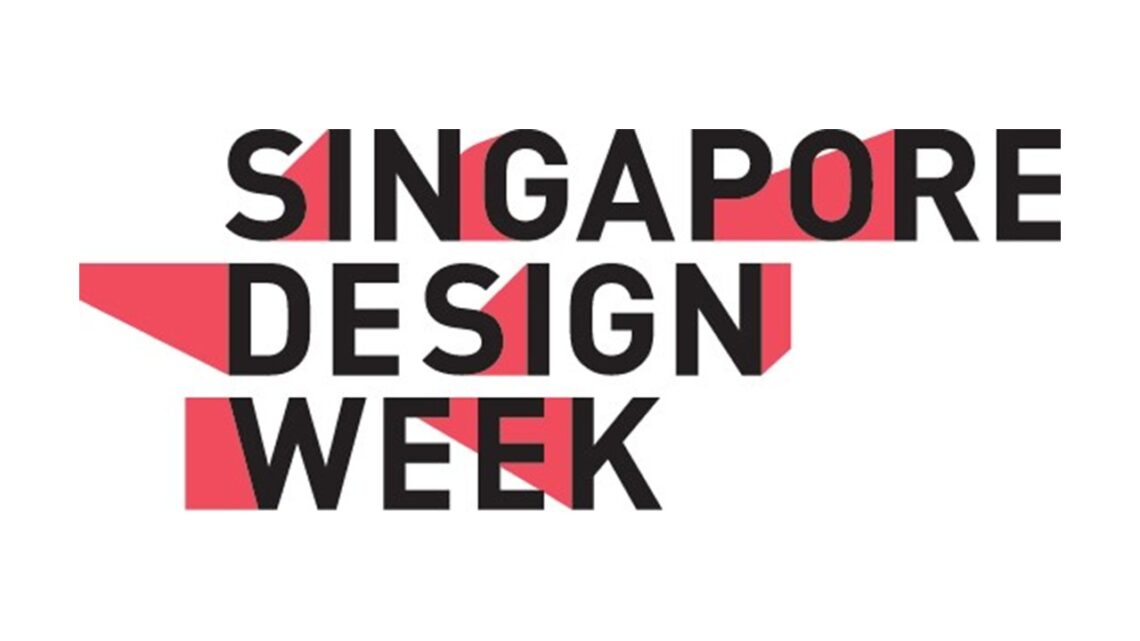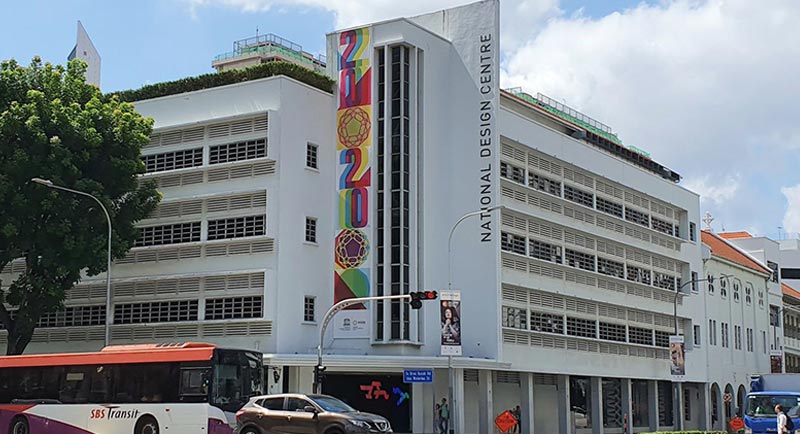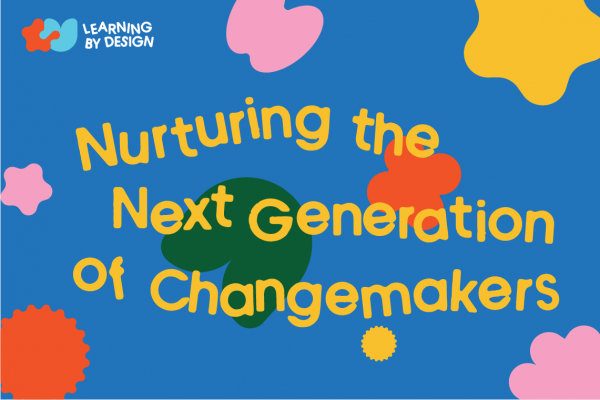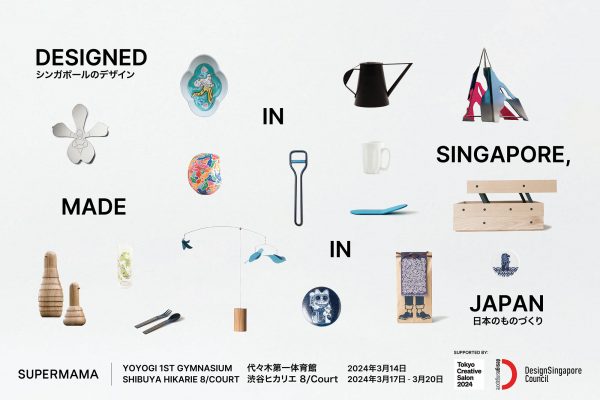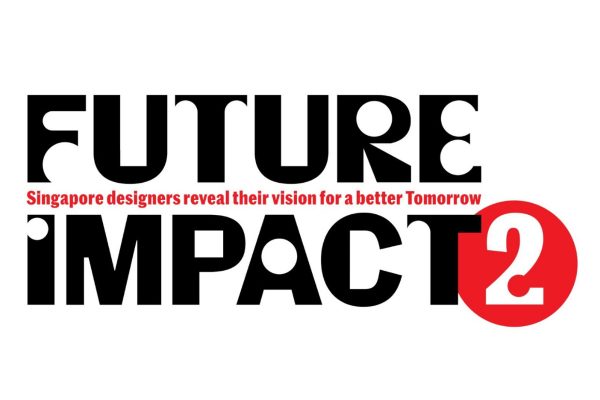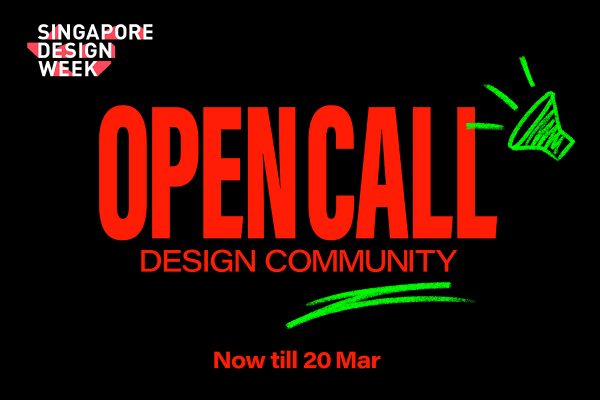Conducting annual employee engagement surveys has become the go-to tool for human resource departments to retrieve employee feedback and assess employee satisfaction. We find out if it is really effective.
According to a 2018 Forbes quiz, more than 50% of companies are not taking meaningful action on the data gathered from their employee engagement surveys (EES). So how can we re-imagine the ideal employee experience which would ultimately help drive engagement? This is where design thinking, a human-centred approach to innovation, can be used as a strategy to help businesses to not just prioritise customer experiences, but also their employees’ development, in order to drive up a company’s profits and overall performance.
After all, according to a 2017 Gallup study, it found that ‘engaged employees are more present and productive; they are more attuned to the needs of customers; and they are more observant of processes, standards and systems. When taken together, the behaviours of highly engaged business units result in 21% greater profitability’.
The DesignSingapore Council (Dsg) spoke to The Curious People Solutions (TCPS), a strategic design consultancy, on their views of how EES can be better managed, and how another type of EES (employee empathy studies) may be much more illuminating and equitable.

Empathy studies can uncover what truly matters to employees, making it an exceptional tool in explaining why they are feeling a certain way about an issue.
Dsg: Why are so many companies failing to see results from their EES?
TCPS: Surveys are essentially quantitative research tools used for measuring and monitoring the pre-determined dimensions of a particular subject (in this case, employee engagement). These pre-determined dimensions of employee engagement are almost always not driven by the company’s culture and not customised based on its employee experience. In other words, companies may not be measuring and monitoring things that truly matter, which leads to an inability to yield relevant corrective strategies for impactful post-survey implementation.
It is a perennial problem; once a quantitative EES is conducted, most companies will bypass the exploring mode and proceed directly to one of two modes – solutioning or reasoning. And inevitably, there will be assumptions made as to what employees want and why things are the way they are.
Is there then any alternative to help companies find out what employees are really looking for and why certain trends are happening?
There is another type of EES – Employee Empathy Studies. It is a qualitative study grounded on the principles of empathy, where we will gather employees’ perspectives, by allowing them to share what matters most to them through the use of pictures.
Empathy studies can uncover what truly matters to employees, making it an exceptional tool in explaining why they are feeling a certain way about an issue. In fact, this empathetic approach is an important element of the design thinking process – a human-centred approach to innovation to understand users, challenge assumptions, redefine problems and come up with innovative solutions through prototyping and testing.
Why is empathy so important?
Empathy is the capacity to imagine oneself in the situation of another by feeling their emotions, seeing their perspectives, hearing their feedback, and discovering people’s needs and pain points. With empathy, we could potentially be uncovering also the unmet needs of the employees and how they feel about those needs.
Consequently, empathy can apply to a wide range of people – customers, colleagues, employees, bosses, suppliers, partners, and more, cementing the fact that empathy is critical for businesses.
This could still be a fuzzy concept to grasp, right?
Some corporate leaders might think that empathy is a fuzzy concept, perhaps because they are more acquainted with quantitative surveys than qualitative studies. Generally, quantitative data is also presented in a more structured way. However, qualitative data can produce more robust findings, where we can extract meaningful insights from a small sample size.
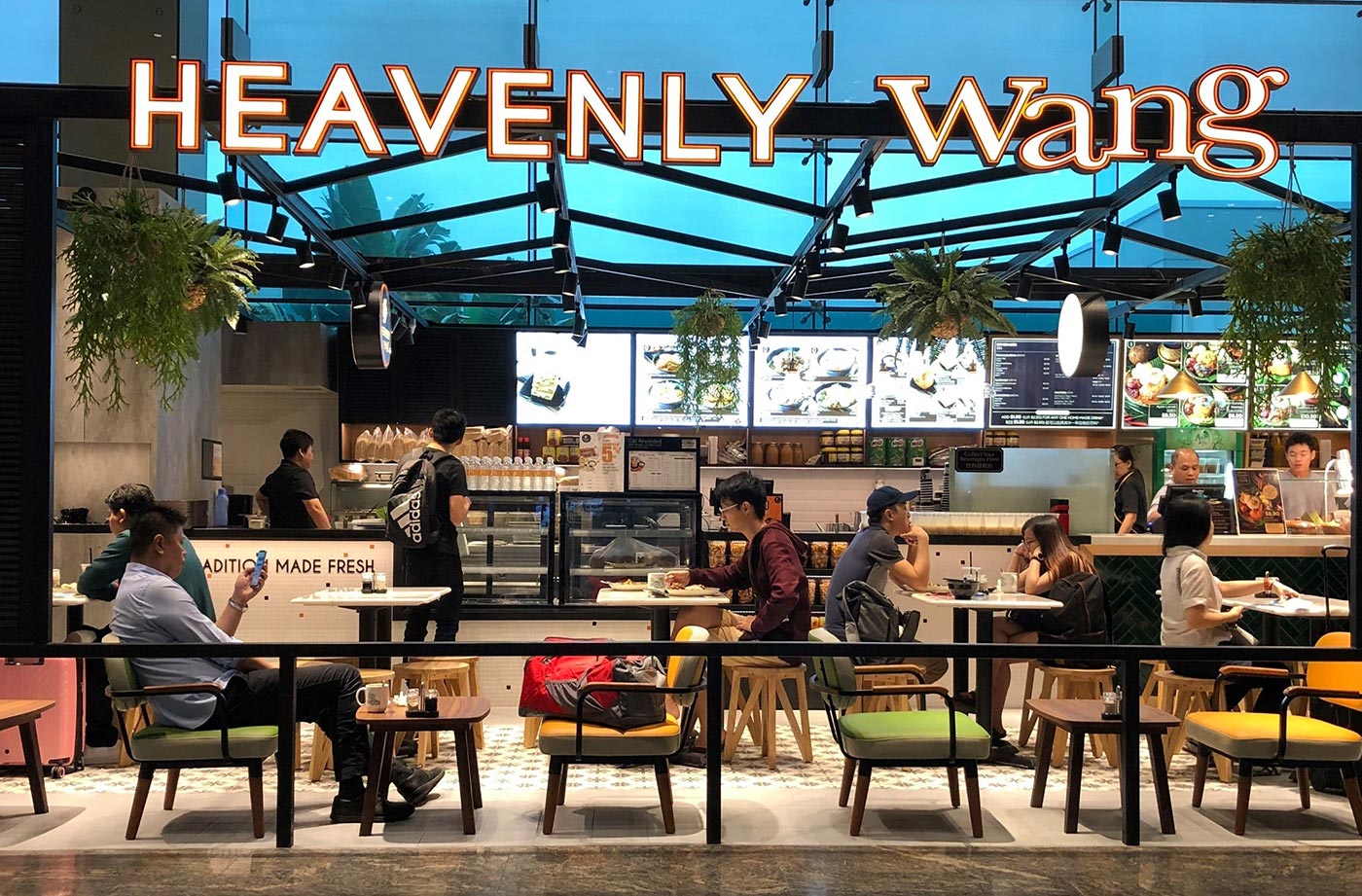
Have any companies benefited from the Employee Empathy Studies? Could you share some examples?
We have worked with numerous companies using empathy studies and here are two examples:
1. Robert Bosch GmbH (Bosch)
Bosch approached us in 2018. They had developed the Bosch Innovation Framework and had set up a global division called Bosch UX Academy to implement and cascade this framework throughout their organisation.
They engaged us to help them conduct design thinking workshops for their regional offices in Southeast Asia. Grounded in principles of empathy, our workshops were very well-received as it had great alignment with Bosch’s core value of “never forget(ting) your humanity and respect human dignity in your dealings with others”.
Employees were able to better understand Bosch’s new framework and gave inputs on how better to serve clients and deliver on their projects.
2. Wang & Heavenly Wang Café
With the acquisition of a chain of 30 Wang Café outlets by NTUC Foodfare Co-operative in 2010, there was a critical need to elevate the entire Wang Café brand to meet the service and quality standards required by NTUC Foodfare. TCPS led them on a Business Excellence project, applying design thinking principles to engage customers, management and a culturally diverse multi-generational workforce.
Besides their EES, an empathy study was conducted with the frontline staff regarding their good and bad experiences at work. That enabled bottom-up participation, which empowered them to redesign their work, thereby achieving higher productivity. Hence, Wang Café’s workforce became more customer-centric and the company was awarded the Singapore Service Class certification. There was a 60% reduction in staff attrition and it even exceeded 93% of its employee engagement dimensions’ targets in their post-project survey results. Today, Wang has created the spin-off brand, Heavenly Wang, which now has 25 cafes island-wide.
Can both types of EES complement each other, i.e. employee engagement surveys vis-à-vis employee empathy studies?
Quantitative employee engagement surveys and qualitative employee empathy studies should be used synergistically in two ways. The first applies to companies that have been conducting quantitative surveys. We then use employee empathy studies to deep-dive into low-scoring dimension/s in the employee engagement surveys to uncover the root causes of problems, by allowing employees to share their experiences.
The second applies to companies that have never conducted a quantitative employee engagement survey. We start off by conducting the employee empathy study to explore what matters most to the employees and determine the dimensions of an ideal employee experience. We can then effectively design questions in the quantitative employee engagement survey to measure the level of engagement vis-à-vis the relevant dimensions.
In conclusion
Employee engagement surveys are here to stay given that it is still one of the most popular ways to measure engagement. But companies must be mindful of how they intend to implement solutions to address identified problems or issues. Are these the right solutions to the problems?
The key lies in the ability to ask the right questions, and to do that, it would be wise to start with an exploratory approach like the employee empathy studies.
TCPS most recently conducted a webinar, organised by Dsg, on ‘How to Use this Downtime to Better Understand and Engage Your Employees’. You can watch the webinar here.
And for more about how Dsg helps businesses drive profitable and desirable human-centred innovation, click here.
This article was contributed by The Curious People Solutions. Visit their website to find out more about what they do.

